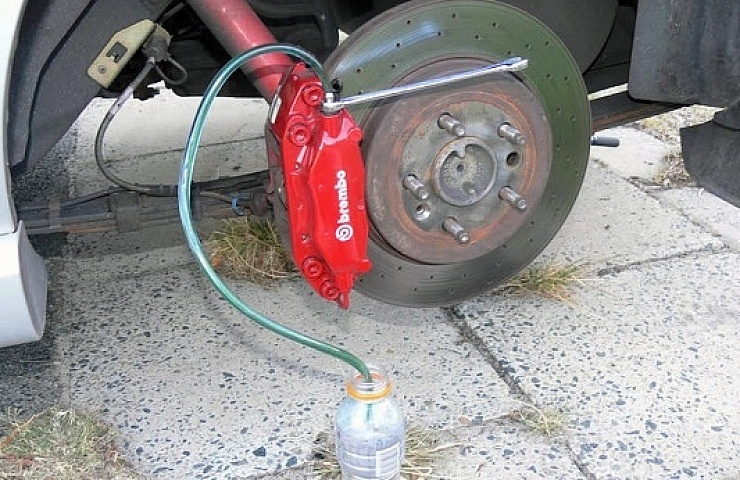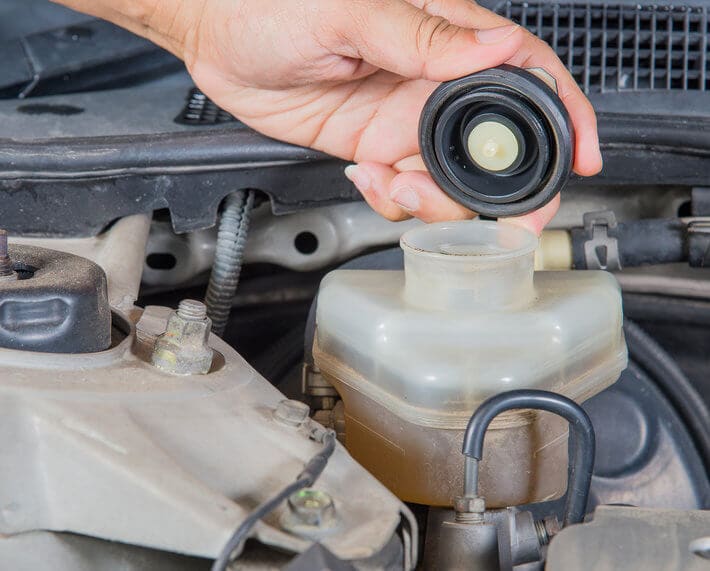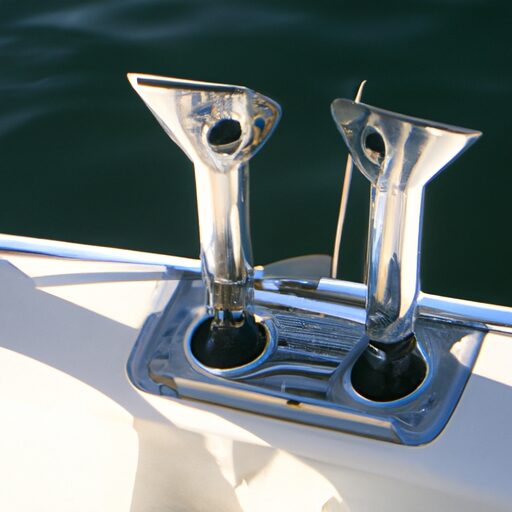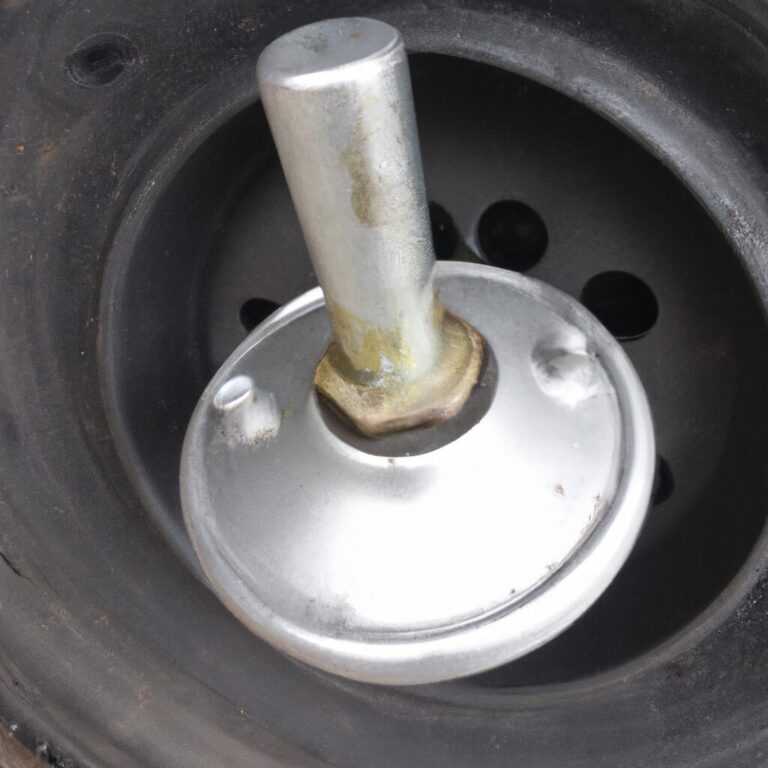How Much Brake Fluid Do I Need to Flush Your Quick And Easy Guide
To flush your brake fluid, you will typically need about 1-2 bottles of brake fluid. Flushing brake fluid is crucial for maintaining the performance and safety of your vehicle.
Brake fluid absorbs moisture over time, leading to reduced braking efficiency and potential damage to brake components. Regularly flushing and replacing brake fluid according to your manufacturer’s recommendations will help ensure optimal braking performance and extend the lifespan of your braking system.
In this quick and easy guide, we will walk you through the steps to properly flush your brake fluid and keep your vehicle safe on the road.

Credit: www.amazon.com
What Is Brake Fluid
If you own a vehicle, understanding the basics of brake maintenance is crucial to ensure your safety on the road. One important component that plays a vital role in your vehicle’s braking system is brake fluid. In this section, we will dive into the composition and function of brake fluid, as well as its significance in keeping your brakes working smoothly.
Composition And Function
Brake fluid is a specially formulated hydraulic fluid that is designed to transmit the force applied to the brake pedal to the brake components in your vehicle’s wheels. It acts as a medium for transferring pressure, allowing your brakes to function effectively. Brake fluid is typically composed of a mixture of glycol ethers and/or polyglycols, which have excellent lubricating properties.
Importance Of Brake Fluid
Brake fluid plays a vital role in maintaining the overall performance and safety of your vehicle’s brakes. Here are a few key reasons why brake fluid should never be overlooked:
- Heat Dissipation: Brake fluid has a high boiling point, which allows it to effectively absorb and dissipate heat generated during braking. This prevents the brake system from overheating, ensuring consistent performance.
- Corrosion Prevention: Brake fluid contains additives that help protect the brake system from corrosion and rust. This is particularly important as corrosion can lead to brake line failure and compromise your vehicle’s braking ability.
- Seal Lubrication: Brake fluid lubricates the various seals in the brake system, preventing them from drying out or deteriorating. This helps maintain proper sealing and reduces the risk of leaks.
- Water Absorption: Brake fluid has hygroscopic properties, meaning it can absorb moisture from the surrounding environment. Excessive moisture can lower the boiling point of the fluid, resulting in reduced braking performance. Regular brake fluid flushes help remove moisture and maintain optimal performance.
Now that you have a better understanding of what brake fluid is and why it is important, let’s move on to the next section and explore how much brake fluid you need to flush your vehicle’s braking system.

Credit: www.ebay.com
Signs Of Brake Fluid Needing A Flush
Are your brakes feeling spongy or weak? Is the brake pedal low or slow to respond? These can be signs that your brake fluid needs to be flushed. A quick and easy guide to determine how much brake fluid you need to flush can help ensure your vehicle’s safety and performance.
Spongy Brake Pedal
A spongy brake pedal indicates air or moisture in the brake system.
Dark Or Dirty Fluid
Dark or dirty brake fluid may suggest contamination and loss of effectiveness.
When it comes to ensuring your vehicle’s safety, the signs of brake fluid needing a flush are crucial indicators.
Noticing a spongy brake pedal or dark, dirty fluid is a clear indication of potential issues that require attention.
How Much Brake Fluid To Flush
The amount of brake fluid needed to flush your brake system depends on several factors. It’s crucial to follow the manufacturer’s recommendations and consider whether you will be doing a DIY flush or seeking professional assistance. Let’s dive into the specifics of how much brake fluid you may need for a successful flush.
Checking Manufacturer Recommendations
- Refer to your vehicle’s manual for specific guidelines
- Generally, passenger vehicles require 1-2 quarts of brake fluid
- Heavy-duty vehicles may need up to 3-4 quarts for a complete flush
Considerations For Diy Or Professional Flush
- DIY flush: Ensure you have the correct amount of brake fluid on hand
- Professional flush: Mechanics will determine and provide the necessary amount
Remember, maintaining the proper level of brake fluid is essential for your vehicle’s safety and performance. Whether you decide to tackle the flush yourself or opt for professional assistance, make sure to use the right quantity of brake fluid to effectively flush your system.
Step-by-step Guide To Flushing Brake Fluid
Flushing your brake fluid regularly is crucial for maintaining the performance and safety of your vehicle. In this guide, we will walk you through the process of flushing your brake fluid step-by-step. By following these instructions, you can ensure that your brakes are in optimal condition and provide reliable stopping power when you need it most.
Gathering Necessary Tools And Supplies
Before starting the brake fluid flush, it’s important to gather all the essential tools and supplies you will need. By having everything readily available, you can complete the job smoothly without any interruptions.
| Tools | Supplies |
|
|
Make sure you have all these tools and supplies within reach before you begin the brake fluid flush.
Execution Of The Brake Fluid Flush
Now that you have everything you need, it’s time to execute the brake fluid flush. Follow these steps carefully to ensure a successful flush:
- Start by locating the brake fluid reservoir under the hood of your vehicle.
- Use a wrench to loosen the cap of the reservoir and remove it.
- Place a clean container underneath the car to collect the old brake fluid.
- Locate the bleeder valve on the brake caliper or wheel cylinder of each wheel.
- Use a wrench to loosen the bleeder valve, and attach the bleeder kit tubing to it.
- Have a helper press the brake pedal slowly and hold it down.
- Open the bleeder valve briefly to allow the old fluid to flow into the tubing and out into the container.
- Repeat steps 6 and 7 until you see clean, fresh brake fluid flowing through the tubing.
- Move to the next wheel and repeat steps 4 to 8.
- Once all wheels have been flushed, close the bleeder valves and remove the tubing.
- Tighten the bleeder valves securely.
- Refill the brake fluid reservoir with fresh brake fluid to the recommended level.
- Replace the cap of the reservoir and tighten it.
By following these steps precisely, you can successfully flush your brake fluid and maintain the integrity of your vehicle’s braking system. Remember to dispose of the old brake fluid properly and take necessary safety precautions throughout the entire process.
Maintaining Brake Fluid And Frequency Of Flushing
Regular maintenance of brake fluid is crucial for optimal brake performance. Flushing the brake fluid every 2-3 years is recommended to remove contaminants and moisture that can compromise braking efficiency and safety.
Maintaining Brake Fluid and Frequency of Flushing Regular Inspection The effectiveness of brake fluid diminishes over time due to exposure to moisture and heat. Regular inspections, every six months, are crucial to ensuring your brake fluid is at the proper level and isn’t contaminated. During inspection, check for any signs of discoloration, which may indicate the need for a flush. Frequency of Brake Fluid Flushing It’s recommended to flush your brake fluid every two to three years or according to your vehicle manual, even if there are no obvious signs of contamination. This preventative maintenance helps to remove any accumulated moisture and debris from the system, ensuring optimal performance and safety. In addition to regular inspections, scheduling timely brake fluid flushes is key to maintaining the integrity of your vehicle’s braking system.
Credit: www.firestonecompleteautocare.com
Frequently Asked Questions For How Much Brake Fluid Do I Need To Flush Your Quick And Easy Guide
How Much Brake Fluid Do I Need For Flush?
You’ll need about 1 to 2 quarts of brake fluid for a complete flush. Be sure to check your vehicle’s specific requirements before starting the process.
How Much Fluid Do I Need To Bleed Brakes?
You need about 1 liter of brake fluid to bleed brakes thoroughly. Make sure to check the specific requirements for your vehicle to avoid overfilling.
Can I Do A Brake Fluid Flush Myself?
Yes, you can perform a brake fluid flush yourself. However, it is important to follow proper guidelines and safety precautions.
What Size Tube Is Needed For Brake Fluid Flush?
You will need a tube with a diameter that fits snugly over the brake bleeder valve. Commonly, a 3/16-inch tubing is used for brake fluid flush.
How Often Should I Flush Brake Fluid?
Brake fluid should be flushed every 2 years or 30,000 miles to maintain optimal performance.
Can I Use Any Brake Fluid For Flushing?
Always use the recommended brake fluid type specified in your vehicle’s owner’s manual for flushing.
What Are The Symptoms Of Old Brake Fluid?
Old brake fluid may cause spongy brakes, increased stopping distance, and a mushy brake pedal.
Conclusion
Understanding how much brake fluid you need to flush is a crucial aspect of vehicle maintenance. By following this quick and easy guide, you can ensure that your brake system remains in optimal condition, promoting safety and performance on the road.
Regularly flushing and replacing brake fluid is an essential task that should not be overlooked. So take the time to check your vehicle’s specifications and follow the recommended guidelines to keep your brakes functioning flawlessly.


